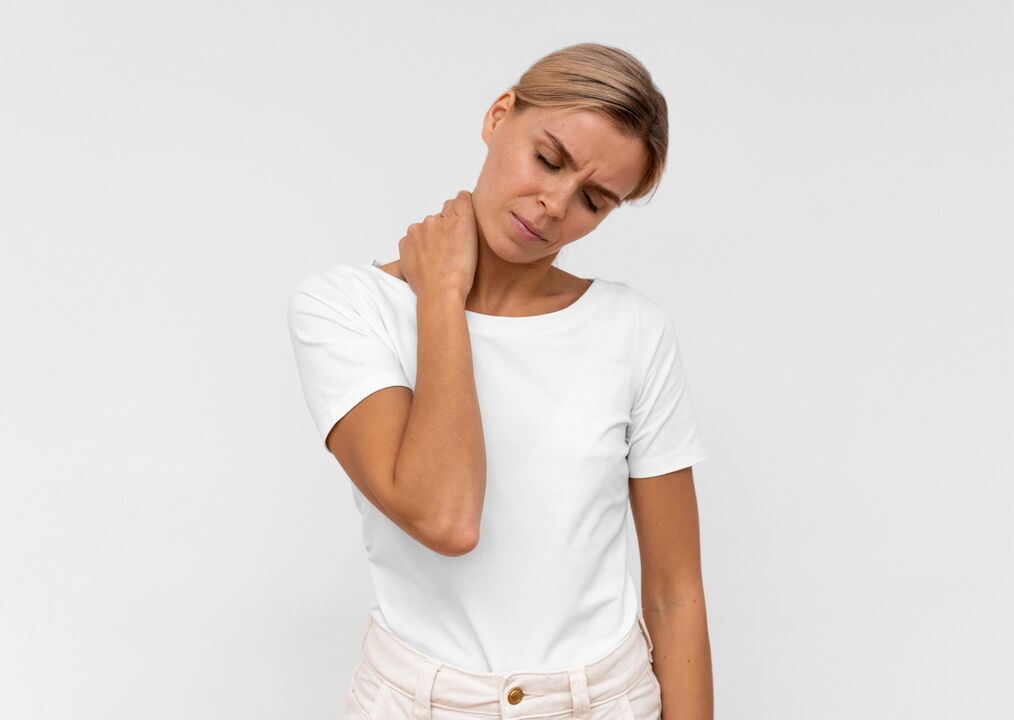About disease

Types of osteochondrosis
symptoms of osteochondrosis
cervical area
- Stiffness when turning the neck;
- severe pain in the spine;
- Headache with pressure and throbbing in the head, noise and ringing in the ears, hearing and visual disturbances;
- nausea;
- lack of coordination;
- Dizziness attacks.
chest area
lumbosacral region
reason
- being overweight;
- age-related changes;
- genetics;
- flatfoot;
- Cartilage inflammation or autoimmune damage;
- birth defects;
- spinal instability;
- bad posture;
- malnutrition;
- low temperature;
- A sedentary lifestyle can lead to muscle weakness and worsening of intervertebral joint nutrition and blood supply;
- Metabolic disorders;
- Lack of calcium, phosphorus, and vitamin D;
- Hormonal and endocrine disorders.
Advantages of modern clinic treatment
- Experienced specialists in the field of neurology regularly improve their skills.
- New diagnostic equipment increases diagnostic accuracy of osteochondrosis to 100%.
- Application of minimally invasive techniques in surgical treatment of osteochondrosis.
- A 24-hour hospital where patients can stay after spinal surgery.
- A personal rehabilitation program allows you to return to full athletic activity.
- High level services and affordable prices for Osteochondrosis treatment in Moscow.
- Apply proprietary methods that are proven to work. Focus on non-surgical treatment, taking into account the patient's age and the presence of concomitant diseases.
- Qualified assistance for complications of osteochondrosis - herniation, nerve compression, disc herniation, osteophytes, limited movement of the vertebrae.
diagnosis
treat
conservative
- Medication. Prescription medication that reduces pain and inflammation, relaxes back muscles, and strengthens cartilage and bone tissue.
- Physical therapy procedures. They improve blood circulation and nutrition to the spinal discs, promote tissue repair, and relax the muscles of the neck, lower back, and chest. For osteochondrosis, magnetic therapy, ultra-high frequency, shock wave, vacuum therapy, laser therapy, acupuncture, massage, electrical stimulation, etc. are all effective. Massage sessions consist of 10 to 15 sessions, depending on the severity of structural changes in the spine.
- Manual therapy. The procedure is painless. Get rid of muscle tension and soreness and restore the mobility and anatomy of your vertebrae.
- Therapeutic exercise. It is an important part of treatment. A physical therapy doctor selects a set of exercises that can strengthen the back corset, correct posture, improve circulation, eliminate pain, and improve mobility in other areas of the neck and spine.
- Therapeutic blockade. Used when severe pain occurs that cannot be relieved by analgesics. The efficiency of this procedure is demonstrated by injecting the drug into tissue near the intervertebral nerve roots.
- Spinal traction. Effective for osteochondrosis and radiculopathy associated with disc herniation and intervertebral hernia.














